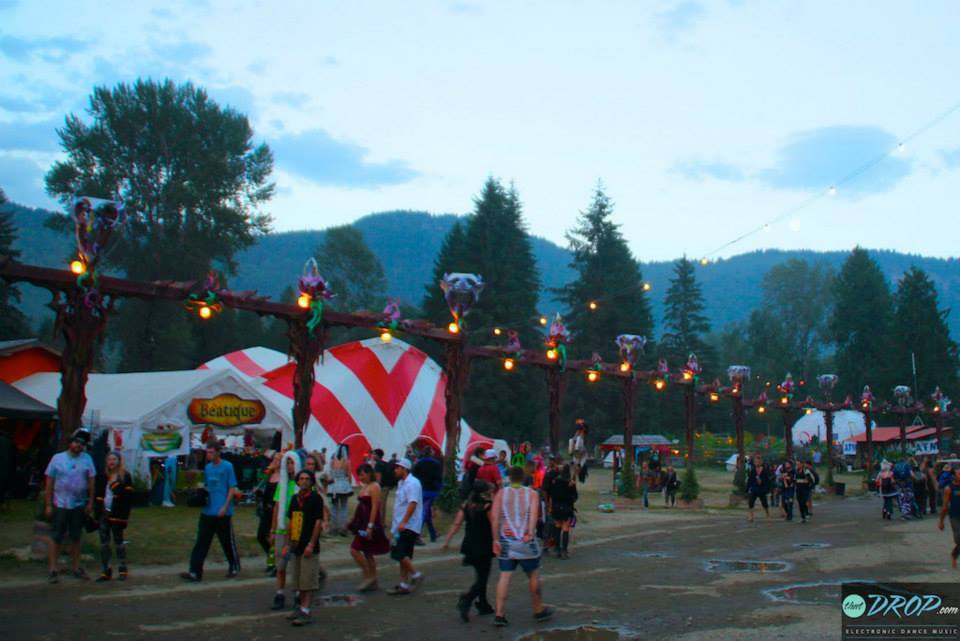
In Tibet, as well as many other Asian countries, there are stories about a legendary kingdom that was a source of learning and culture for present-day Asian societies. According to the legends, this was a place of peace and prosperity, governed by wise and compassionate rulers. The citizens were equally kind and learned, so that in general, the kingdom was a model society. This place was called ‘Shambhala.’ At a certain point, the entire society had become enlightened, and the kingdom vanished into another more celestial realm. According to these stories, the kings of Shambhala continue to watch over human affairs, and will one day return to Earth to save humanity from destruction.
—Shambhala: The Sacred Path of the Warrior, Chogyam Trungpa Rinpoche
My journey to Shambhala 2014 began in Mexico in 2012. As an independent filmmaker covering the numerous “Mayan Apocalypse” festivals surrounding the long-prophesized date of 12/21/12 (Day Zero, Time & Space, Synthesis, Somewhere Beyond, Flying Circus, Sacbe Jungle Party, BPM Festival, and others), I interviewed dozens of the estimated one million event producers, DJs, and revelers, drawn from farflung locales including Ibiza, Bali, Berlin, and Australia, who had decided that they were going to go out in style, dancing in the serpentine shadows of the actual Mayan pyramids on the Yucatan Peninsula.
In the course of these interviews, one international event received more mention than any others: Shambhala. The Mexico parties were mostly one-off events (with the exception of the long-running and megalithic 10-day BPM Fest).
But Shambhala, I was told, had perfected the art of the Transformational Festival over 15 years, and now had it fully dialed in.
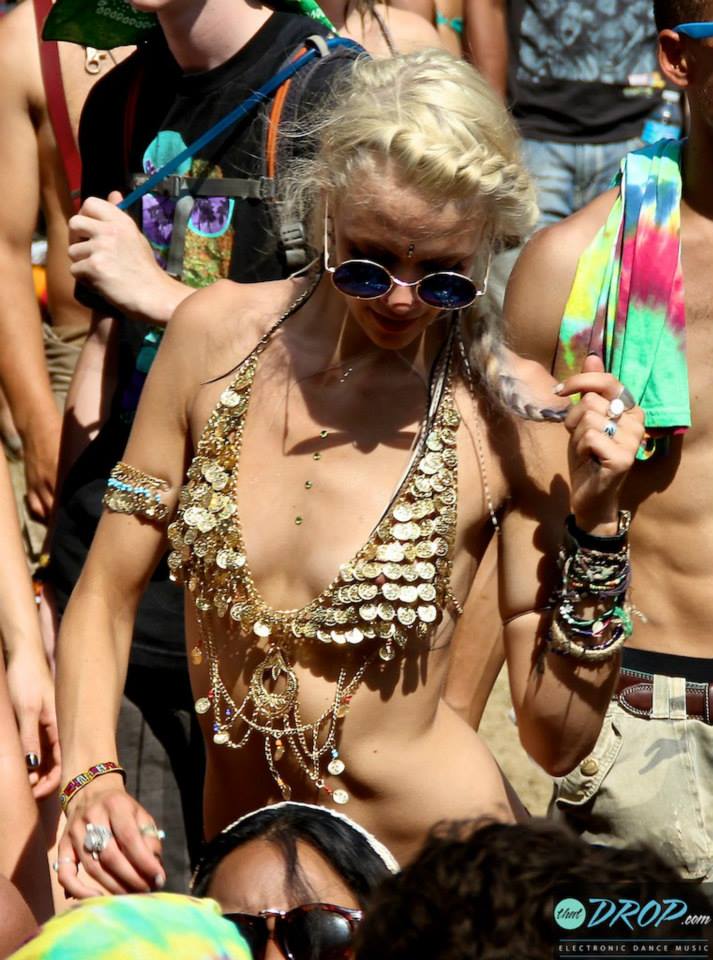 And so I arrived at Shambhala 2014 eager to see what elements distinguished this hallowed event from its siblings in the Transformational movement… The first unique element that struck me upon arrival at Shambhala was what one might call its relative “Open Door Policy.” As my rented Ford Explorer lumbered in across the boundary separating General Camping from Artist Camping, I realized that the only demarcation of the threshold was a carefully painted plywood sign. No security agents dressed in black, nor any trendy doorperson-types that one might expect to see guarding the “VIP” area of such an event. Only a simple sign, hand-made with paint, glitter, and love, meant more to orient the attendees than to keep them out.
And so I arrived at Shambhala 2014 eager to see what elements distinguished this hallowed event from its siblings in the Transformational movement… The first unique element that struck me upon arrival at Shambhala was what one might call its relative “Open Door Policy.” As my rented Ford Explorer lumbered in across the boundary separating General Camping from Artist Camping, I realized that the only demarcation of the threshold was a carefully painted plywood sign. No security agents dressed in black, nor any trendy doorperson-types that one might expect to see guarding the “VIP” area of such an event. Only a simple sign, hand-made with paint, glitter, and love, meant more to orient the attendees than to keep them out.
This ethic of openness, trust, mutual respect, and responsibility would pervade the entire weekend.
Another aspect that sets Shambhala apart is its unique music programming strategy. Shambhala consists of six stages that all book and sequence their acts independently. Each stage has its unique vibe, both musically and aesthetically. And when it comes to stage aesthetics, few can compete with Shambhala, given that the event is staged on a privately-owned farm that allows for the incredibly ornate structures to stand year-round, and only be further embellished, rather than torn down, each year.
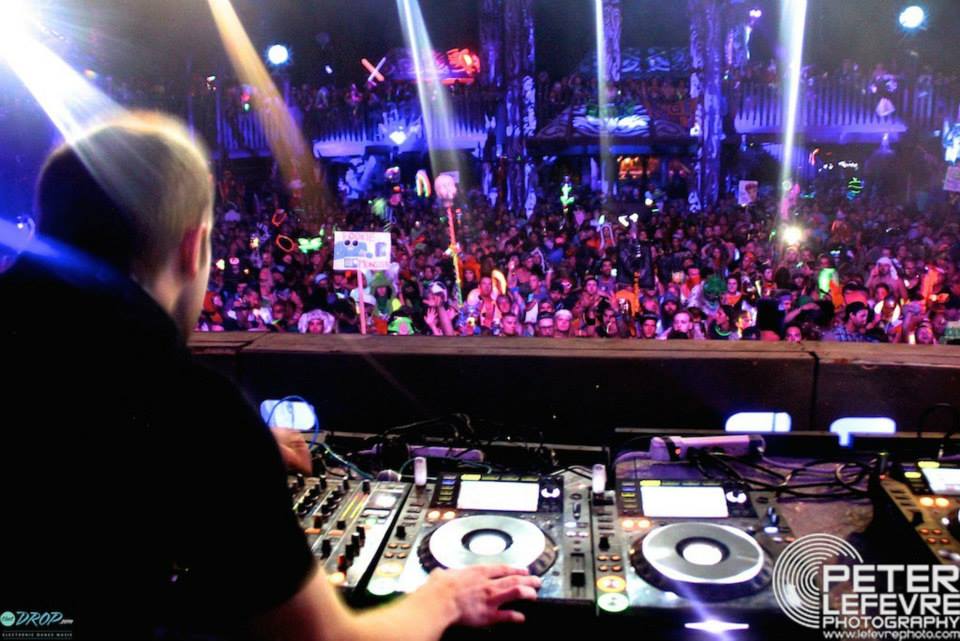
Thursday night at Shambhala is described as something of a “warm-up” night, since only two of the six stages are open; however, since only two stages are open, and a solid majority of the event’s capacity is already in attendance, the more appropriate analogy may be of condensed heat.
One of these two stages is the Living Room, which, despite its somewhat ironic name (perhaps a nod to its more house-y musical emphasis) actually abuts an epic river, a seemingly infinite valley, and a wall of lush British Columbia mountains. This river would go on to serve as the regular focal point for daytime merrymaking at Shambhala, but on Thursday night, Living Room kicked off the festival with sets including Vancouver’s provocative female DJ/producer Blondtron (Samantha Matthews), Dubconscious, a long-term member of the Shambhala talent department and now eminent artist in his own right, and a dozen other acts.
Meanwhile on Thursday night, Amphitheater Stage, one of the most centrally located and highest-trafficked stages at Shambhala, kicked off with a sequence of Washington, DC’s Qdup and Fort Knox Five, followed by Whistler’s SkiiTour (their live act is, hilariously, just what you might envision from their name), then California’s Nico Luminous, Freddy Todd, and Astronomar, as well as Robot Koch, who came all the way from Berlin (perhaps explaining the German spelling of the appendage?).
As Thursday’s offerings demonstrate, Shambhala’s lineup is truly international, with acts drawn not only from the Transformational Corridor of the North American West Coast, but also Berlin (KMLN, Robot Koch), Australia (Opiuo), England (The Correspondents, My Nu Leng) and myriad nodes in between.
And with six stages each hosting up to 15 acts each per day, the total tally of performances easily tops 300, making it gloriously impossible to keep up, and wonderfully easy to simply relent and get lost in the swirl…
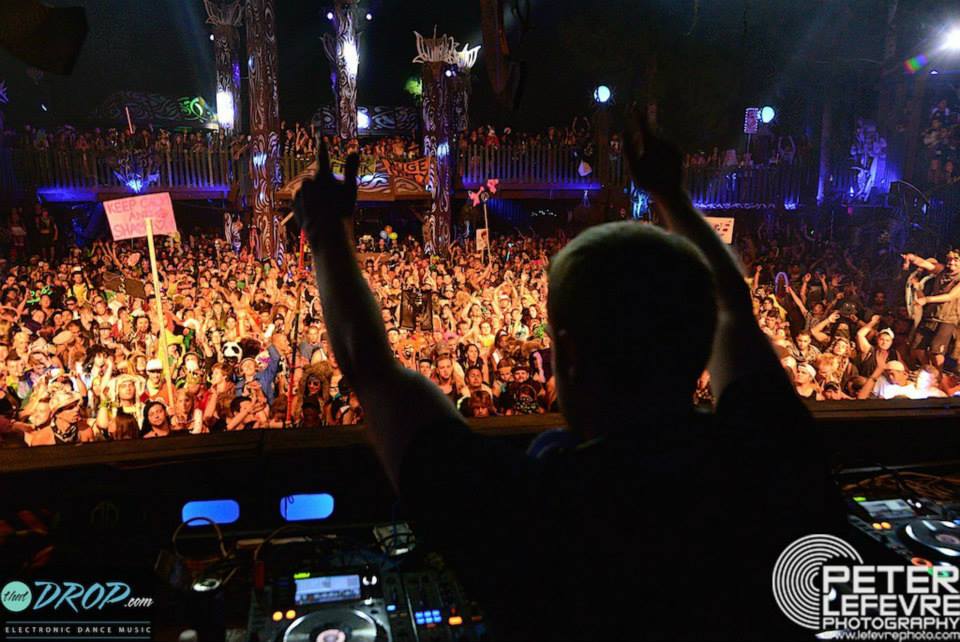
The premise of the Shambhala vision is that in order to establish enlightened society for others, we need to understand what we inherently have to offer others. Thus, the basis of the Shambhala tradition, is not being afraid of who we are. That is the definition of bravery- not being afraid of ourselves. That is why the Shambhala path is a path of warriorship. We become warriors in the original sense of the word: one who is brave. We develop fearlessness in accepting ourselves the way we are, and out of that arises a profound gentleness and willingness to open to the world and help others. The key to warriorship and the first principle of Shambhala vision is “not being afraid of who you are”. Ultimately, that is the definition of bravery: not being afraid of yourself. We cultivate this through the practice of meditation, and the path of Shambhala Training. Through these disciplines we can connect to our own innate gentleness and fearlessness, and are naturally inspired to open to the world and help others.
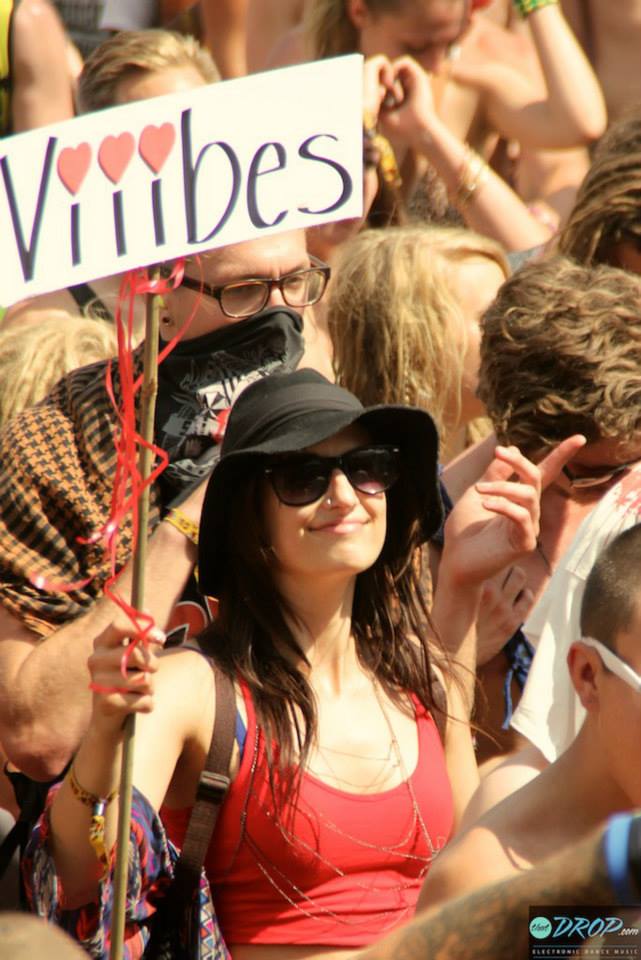 With so many acts on the lineup, and such distinct flavors at each stage, Shambhala truly offers something for every musical taste. The Village stage, possibly the most architecturally sophisticated and visually arresting of Shambhala’s installations, offers harder fare such as Excision and Datsik, while its next-door neighbor The Grove features visionary art displays, yoga, educational workshops, and more funky/psychedelic sounds such as Saqi, Opiuo, The Human Experience, Desert Dwellers, Kaminanda, Moontricks, Lynx, and Emancipator.
With so many acts on the lineup, and such distinct flavors at each stage, Shambhala truly offers something for every musical taste. The Village stage, possibly the most architecturally sophisticated and visually arresting of Shambhala’s installations, offers harder fare such as Excision and Datsik, while its next-door neighbor The Grove features visionary art displays, yoga, educational workshops, and more funky/psychedelic sounds such as Saqi, Opiuo, The Human Experience, Desert Dwellers, Kaminanda, Moontricks, Lynx, and Emancipator.
Meanwhile, Pagoda Stage, one of the three stages that front Downtown, Shambhala’s main thoroughfare (along with Amphitheater and Fractal Forest) throws some of its most extravagant and powerful shows, with many of the event’s biggest acts (Moby, Bassnectar, Beats Antique, Justin Martin) performing headlining sets on Friday, Saturday, and Sunday nights.
Unique among the Shambhala stages, at least from a press perspective, is Fractal Forest, whose progressive stage lighting and architecture each year follows such a closely guarded formula that no cameras are allowed on the premises. (In fact, virtually the only condition imposed upon press attending Shambhala comes by way of email several weeks before the event: “Photography/Video in the Fractal Forest—NOT ALLOWED!” Fractal is a central and highly popular hangout at “Sham,” featuring crowd-pleasing acts such as Griz, The Funk Hunters, A Tribe Called Red, Kill Paris, and Beardyman, with the audience not enclosed by or facing the stage, but rather encircling its central treehouse-like structure.
Despite being a largely electronic festival, Shambhala is not a rave; Or, if it is a rave, it is, in the words of LA’s Chris B, who performed a standout set at Shambhala, “the headiest candy rave in the world.”
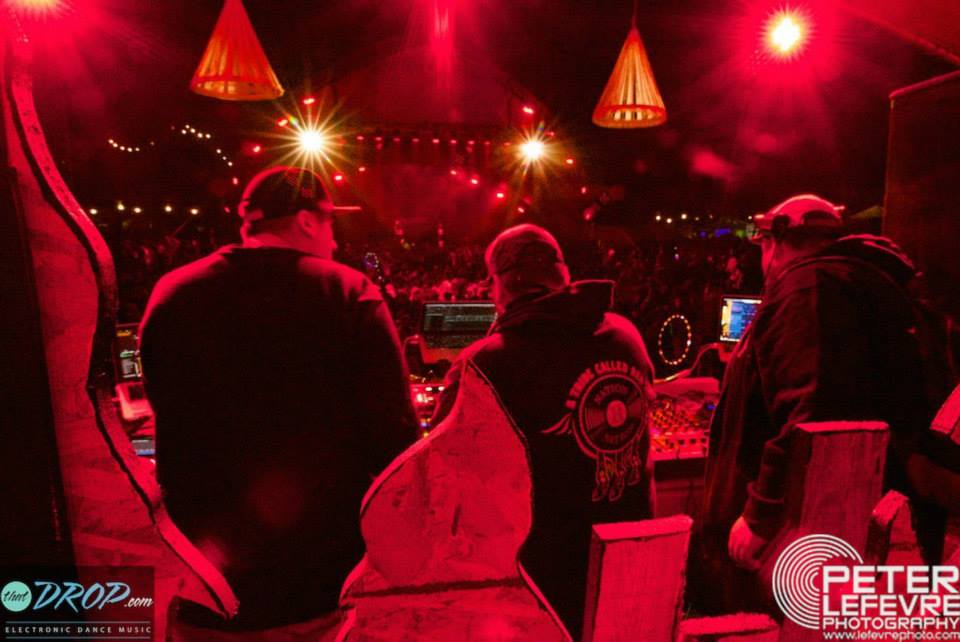
For example, Shambhala excels at facilitating interesting novel live-electronic collaborations.
Portland’s Afro QBen, for instance, joined Opiuo on electric guitar at The Grove on Friday night before headlining an all-star Saturday afternoon jam session featuring Pumpkin, Lafa Taylor, and Everyman at the Living Room (Beach) stage, which, with its hundreds of inflatable multi-colored beach balls and Afro QBen logo-pasties adorning nearly every bare female chest, was easily the most unadulterated daytime fun had during the weekend.
The producers of Shambhala also strive to insure that almost every electronic act features a performance troupe or other live element.
For example, Kelowna, BC’s female dance troupe/vibe squad Cosmic Co-Motion, who had been booked to perform during 9 performances, ended up gigging 15 different sets. In fact, at Shambhala, female dance companies such as Canada’s Circus Act Insomniacs, Subscura, and Luciterra, as well as LA’s Lucent Dossier Experience, are often as central to the performance as are the DJs they accompany, and it is not rare to overhear passersby hurrying to catch a show specifically for the dance troupe it features, rather than the headlining DJ.
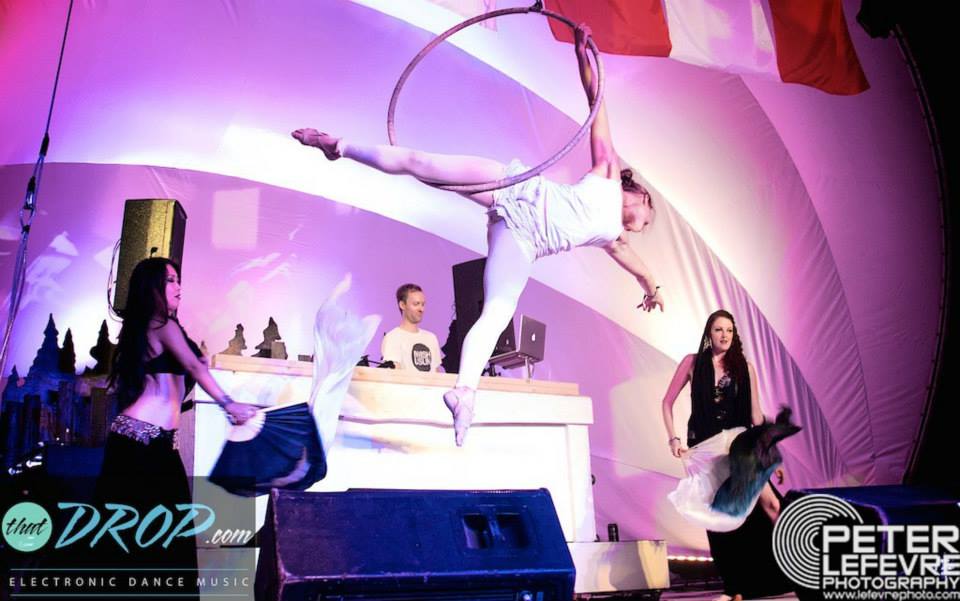
Shambhala facilitates an incredibly rich intermixing of genres, ideas, passions, and nationalities, and, true to the unofficial Open Door Policy of the venue, there is a true sense that every individual present, from the performers, to the DJs, the vendors, the producers, and the ticketholders, holds the same importance at the event, with all integral to the intentions of each.
I spent a good portion of Sunday lazing away beside the river with the members of Ottawa’s A Tribe Called Red, England’s The Correspondents, Vancouver’s Subscura, and Santa Cruz, CA’s rising-like-a-shooting star producer G Jones, whom Subscura had been scheduled to perform with that night, but whom they had never before met. Watching them spontaneously gel, musically and physically, during their show together that night was one of my personal highlights of the festival.
Shambhala vision is the opposite of selfishness. When we are afraid of ourselves and afraid of the seeming threat the world presents, then we become extremely selfish. We want to build our own little nests, our own cocoons, so that we can live by ourselves in a secure way. But we can be much more brave than that. We must try to think beyond our homes, beyond the fire burning in the fireplace, beyond sending our children to school or getting to work in the morning. We must try to think how we can help this world. If we don’t help, nobody will. It is our turn to help the world. At the same time, helping others does not mean abandoning our individual lives. You don’t have to rush out to become the mayor of your city in order to help others, but you can begin with your relatives and friends and the people around you. In fact, you can start with yourself. The important point is to realize that you are never off duty. You can never just relax, because the whole world needs help.
Pulling out of Shambhala on Tuesday after the festival (after a set of lost car keys left me “stranded” in the Edenic beauty of the private farm for an additional day), three unique features of the event stood out in my mind, and have only appreciated upon further reflection.
First, one cannot speak of Shambhala without impressing the almost absurd craftsmanship of the event, reflected in everything from the careful sequencing of its performances to the uncommonly lavish architecture of its permanent stages. One is continually struck by perhaps the central factor that has allowed Shambhala to flourish as a long-running transformational event, which is the fact that it is held on privately owned farmland, and thus does not need to set-up/tear-down its staging year after year.
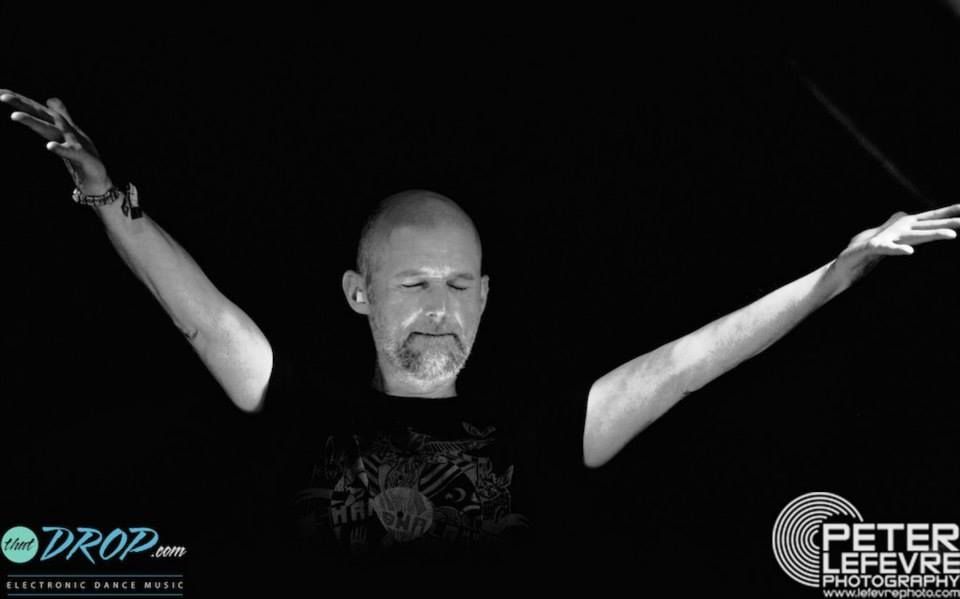
In fact, if one word underlies the unique power and impact of Shambhala, it is Sustainability. While eating at a local roadhouse diner on the way out of tiny Salmo, BC en route to Nelson for the ill.Gates afterparty at Spirit Bar, I bumped into 2 Shambhala Crew who had overseen the supply chain of food for the event. After complimenting them on their famously delicious Shambhala Burger, they informed me that they had served 7,000 Shambhala Burgers during the weekend. “And guess how many cows it took to feed those 7,000 people,” they challenged me, grinning eagerly. Unfamiliar with bovine food rationing, I guessed, “Maybe 50?” Their reply: “Four.”
At Shambhala 2014, 7,000 people were fed from 4 cows, at a relatively marginal cost to the organizers, given that these were 4 of many hundred cattle already owned by the farm, which exists year-round to serve various co-creative and charitable missions.
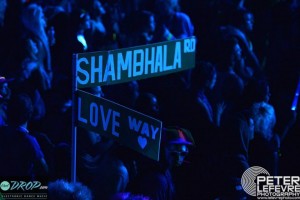
This novel festival format, of venue ownership rather than rental, has allowed Shambhala to refuse any and all corporate sponsorship, year after year, as it has fulfilled its consciously charitably intentions and ascended to the status of a pre-eminent transformational music and arts festival.
The third and final impression that Shambhala left with me was its powerful vibe or mutual respect, community, and straight-ahead fun.
The Shambhala Vibe is truly indescribable, and so I will retire you from reading this post, with the promise of returning next year, to re-kindle old flames, from Thursday night’s warm-up to Sunday night’s meltdown, and every star-lit and sun-kissed moment in between. I hope to see you there.
While it is easy enough to dismiss the Kingdom of Shambhala as pure fiction, it is also possible to see in this legend the expression of a deeply rooted and very real human desire for a good and fulfilling life. In fact, among many Tibetan Buddhist teachers, there has long been a tradition which regards the kingdom of Shambhala, not as an external place, but as the ground or root of sanity and wakefulness that exists as a potential in every human life. From that point of view, it is not important to determine whether the kingdom of Shambhala is fact or fiction. Instead, we could appreciate and emulate the ideal of an enlightened society that it represents. The essence of warriorship is the essence of human bravery. Within our lifetime, there will be great problems in the world, but let us make sure that, within our lifetime, no disasters happen. We can prevent them. It is up to us. That is why Shambhala vision exists. It is a centuries-old idea: by serving this world, we can save it. But saving the world is not enough. We have to work to build an enlightened human society as well…
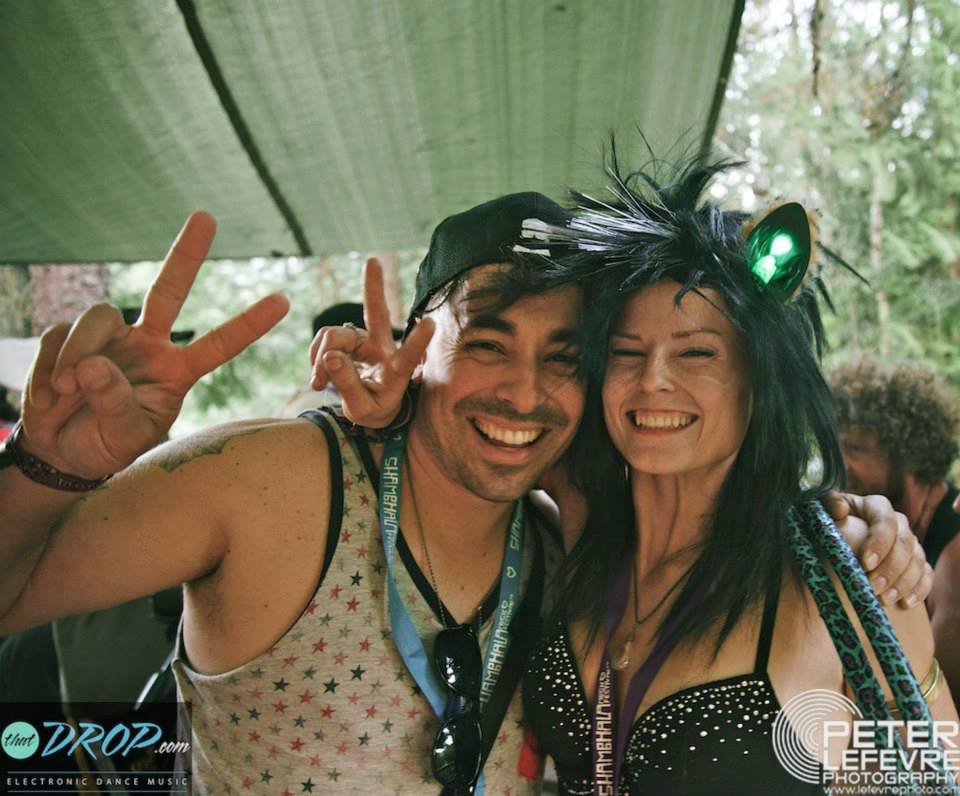
For more stunning event photography and coverage, connect with Peter Lefevre Photography and thatDROP.com on Facebook.
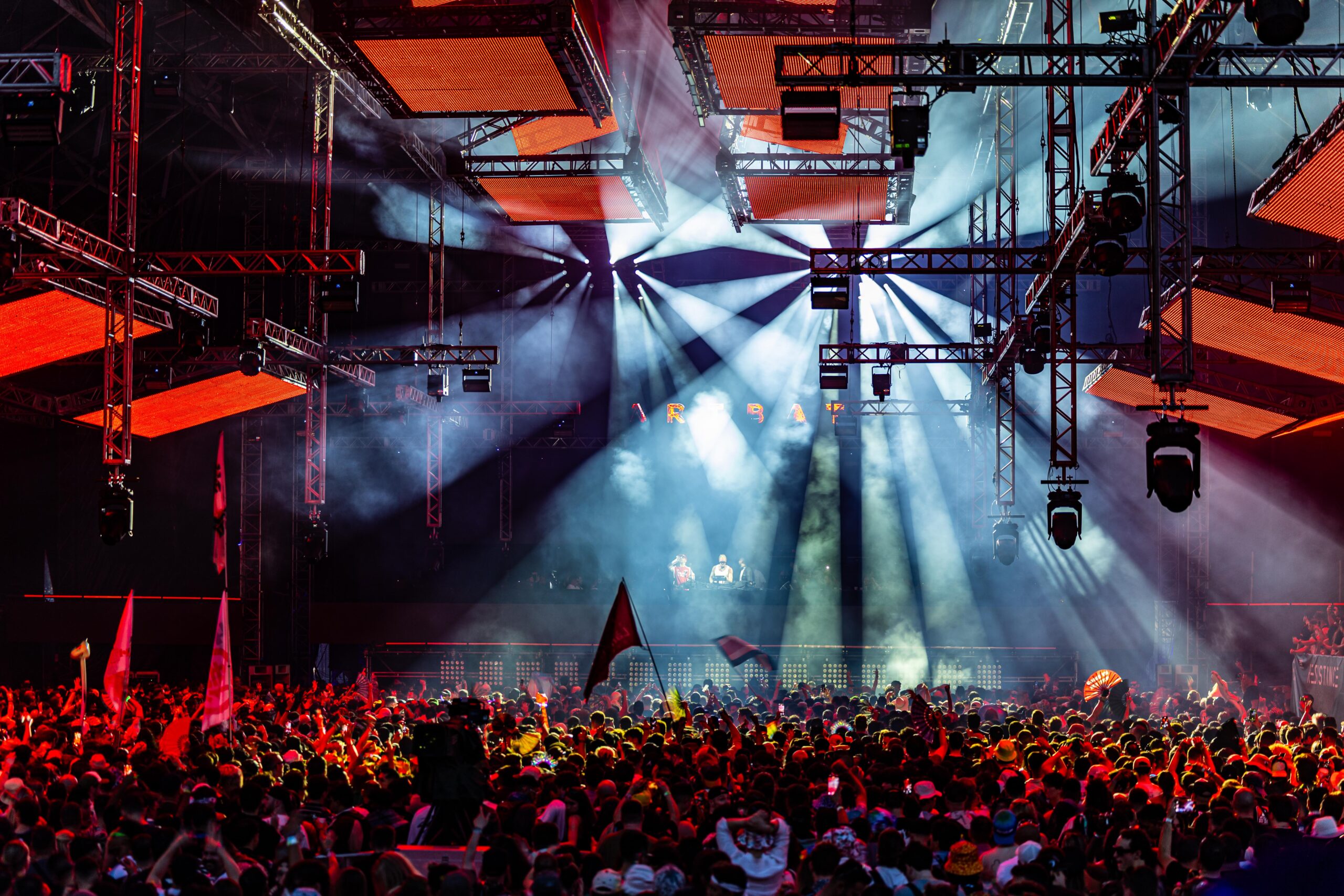
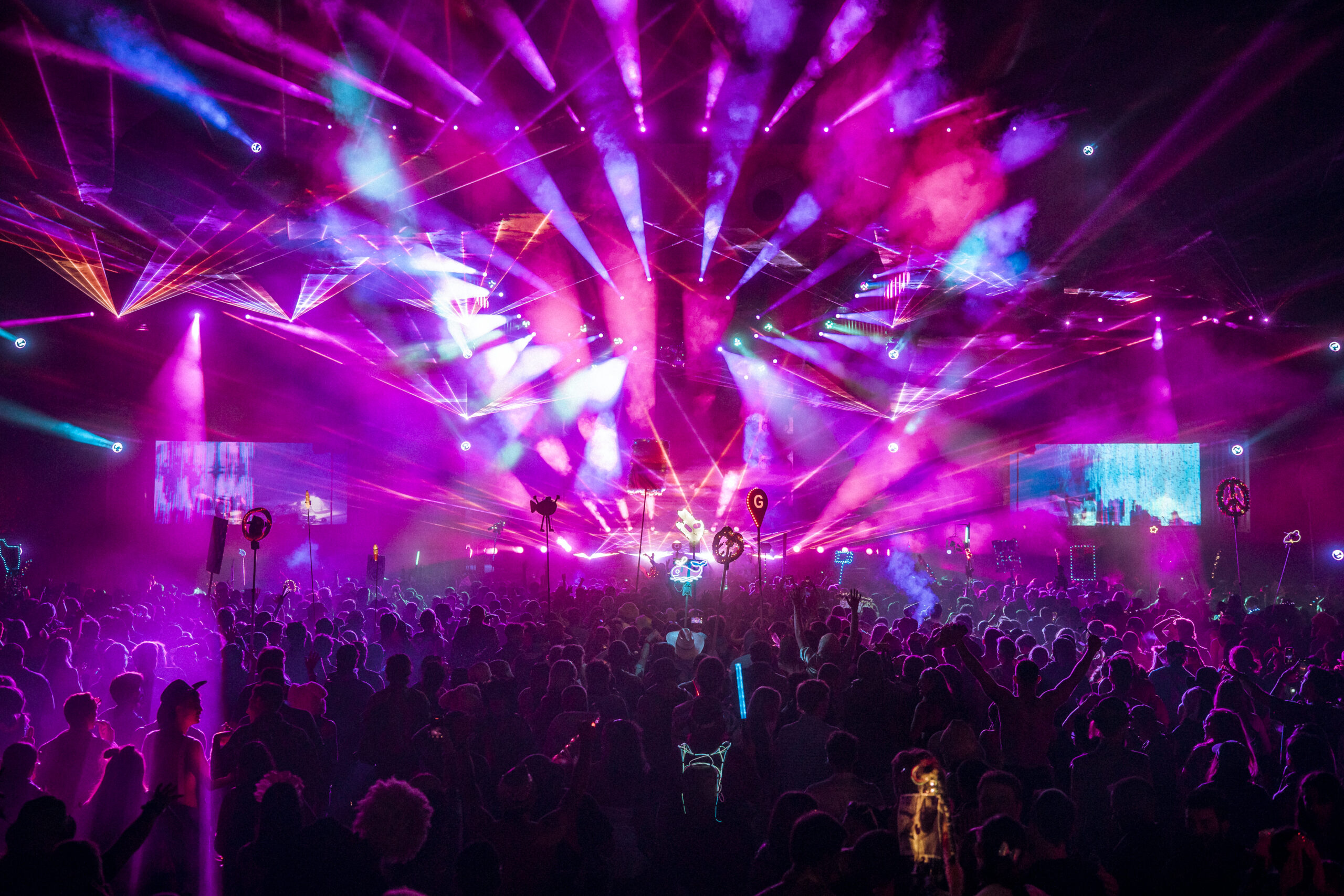
Thank you so much for giving Cosmic Co-Motion a Shout out! If anyone is interested in learning more check out our face book page http://www.facebook.com/cosmiccomotion or our web site http://www.cosmiccomotion.ca If you have pics we would love to see them!!
opiuo is actually from New Zealand
For sure!